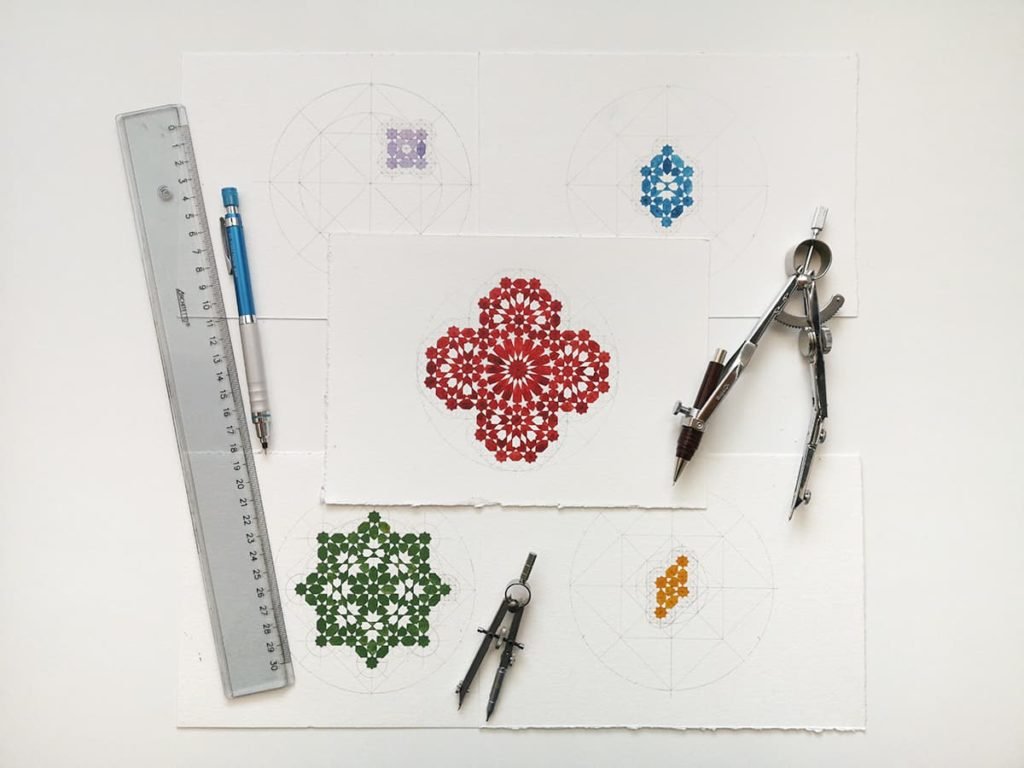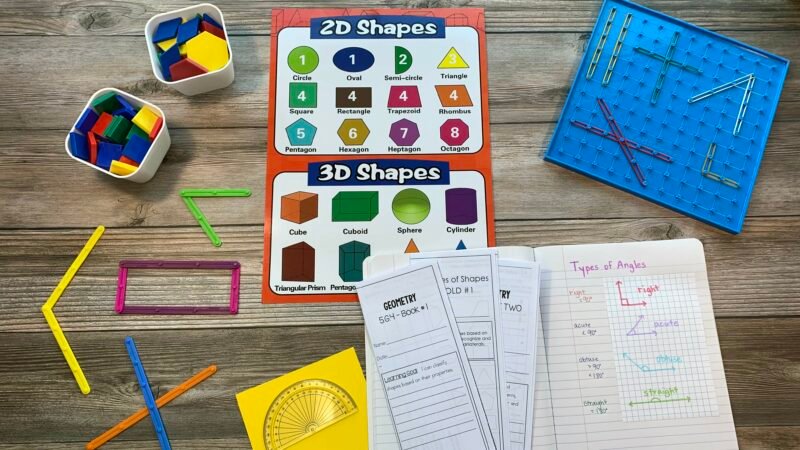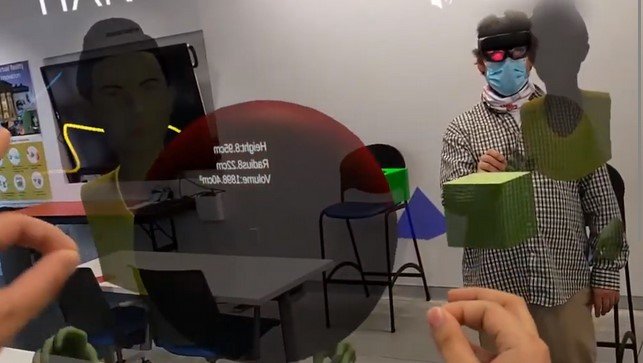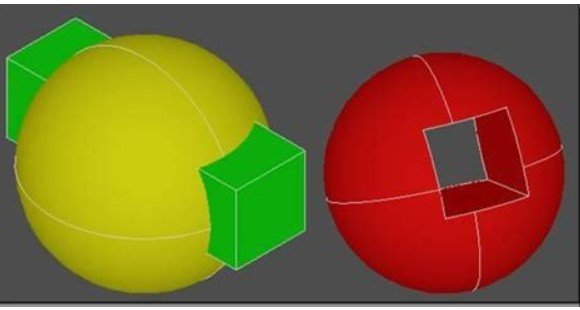Geometric informatics plays a crucial role in solving complex problems in fields like robotics, architecture, and data science. To successfully work on tools for geometric informatics projects, having the right software is essential. These tools help you visualize, analyze, and create geometric models efficiently. In this article, we will explore some of the best tools available for geometric informatics projects, ranging from 3D modelling software to computational geometry libraries. Let’s dive in!
1. GeoGebra: Interactive and Easy-to-Use
One of the best tools for geometric informatics projects is GeoGebra. This free, interactive software allows users to explore geometric shapes and relationships. GeoGebra is perfect for beginners and those interested in learning geometry visually. With its user-friendly interface, you can easily create 2D and 3D geometric constructions and analyze how shapes change when parameters are altered. This makes it an excellent tool for students or professionals looking to develop an intuitive understanding of geometric concepts. GeoGebra also offers advanced features, including graphing, algebra, and calculus, making it suitable for a wide range of projects.

2. MATLAB: Advanced Computational Tools
Another powerful tool for geometric informatics projects is MATLAB. This software is widely used in research and industry for complex mathematical and computational tasks. MATLAB provides advanced tools for geometry, including 3D visualization, matrix manipulation, and geometric computations. It is particularly useful for tasks such as surface reconstruction, data fitting, and geometric analysis. In addition, MATLAB’s extensive libraries and toolboxes allow users to implement custom geometric algorithms and work with large datasets. Whether you’re working on machine learning, image processing, or structural engineering, MATLAB is a highly versatile tool for geometric informatics projects.
3. Blender: Perfect for 3D Modeling
For those focused on 3D modeling and visualization, Blender is one of the best tools for geometric informatics projects. Blender is a free, open-source software used to create 3D models, animations, and simulations. It includes powerful geometric tools that allow you to work with vertices, edges, and faces to build complex 3D shapes. With Blender, you can design realistic environments and structures, making it perfect for architectural design, virtual reality, and game development. The software also supports scripting and automation, so you can streamline the creation of geometric models and apply transformations to complex datasets. Blender is ideal for anyone who wants to dive deeper into 3D geometry and computational design.
4. CGAL: Computational Geometry Algorithms Library
If you need a more specialized tool for geometric informatics projects, CGAL (Computational Geometry Algorithms Library) is an excellent choice. CGAL is an open-source software library that provides algorithms and data structures for computational geometry. It is used for tasks such as mesh generation, surface reconstruction, and geometric optimization. With CGAL, you can solve complex geometric problems like finding the shortest path between points or calculating the area of irregular shapes. Its efficient algorithms make it a popular tool in fields such as robotics, computer graphics, and geographic information systems (GIS). CGAL is perfect for users who need advanced geometric capabilities and are comfortable with programming.
5. OpenSCAD: Script-Based 3D Design
OpenSCAD is another valuable tool for geometric informatics projects, especially for users who enjoy scripting and automation. Unlike traditional 3D modeling software, OpenSCAD uses a script-based approach, where users write code to create 3D models. This allows for precise control over the geometry of the objects being designed. OpenSCAD is ideal for creating parametric models, which are highly customizable and can be adjusted by changing input parameters. Whether you’re designing mechanical parts or architectural models, OpenSCAD provides the flexibility to create complex shapes and structures with accuracy. Its parametric nature makes it a great tool for anyone working on geometric projects that require a high level of customization.
6. Wolfram Mathematica: Comprehensive Mathematical Tools
For those looking for a comprehensive mathematical tool, Wolfram Mathematica is another excellent choice among tools for geometric informatics projects. Mathematica offers a wide range of capabilities for both mathematical computation and geometric modeling. It can handle symbolic calculations, data analysis, and 3D visualizations, making it a powerful tool for exploring geometric relationships and performing complex calculations. Mathematica’s ability to combine geometric modeling with advanced mathematical operations allows users to solve problems in fields such as physics, engineering, and computer science. Whether you’re working on geometric analysis or machine learning algorithms, Mathematica offers powerful features for every aspect of geometric informatics.
7. QGIS: Geospatial Data Analysis
If your geometric informatics project involves geographic or spatial data, QGIS (Quantum GIS) is an invaluable tool. QGIS is an open-source Geographic Information System (GIS) that allows users to visualize, analyze, and interpret spatial data. QGIS includes various geometric tools for working with vector and raster data, and it can handle tasks like measuring distances, areas, and calculating geometries. It’s widely used in urban planning, environmental monitoring, and geospatial analysis, making it a perfect tool for any project that involves geographical geometry. QGIS also supports the integration of geometric informatics with other data types, allowing you to create comprehensive spatial models.
Conclusion
In conclusion, the right tools for geometric informatics projects can make all the difference when working with complex geometric data. Whether you’re modeling 3D objects in Blender, analyzing spatial data in QGIS, or implementing advanced algorithms with CGAL, these tools offer powerful solutions to geometric challenges. MATLAB and Mathematica provide advanced mathematical capabilities, while GeoGebra offers an easy and interactive way to visualize geometry. OpenSCAD’s scripting-based approach and Blender’s flexibility in 3D modeling also make them valuable tools for geometric design. By choosing the best tools for your specific needs, you can enhance your projects and push the boundaries of what’s possible in geometric informatics.




